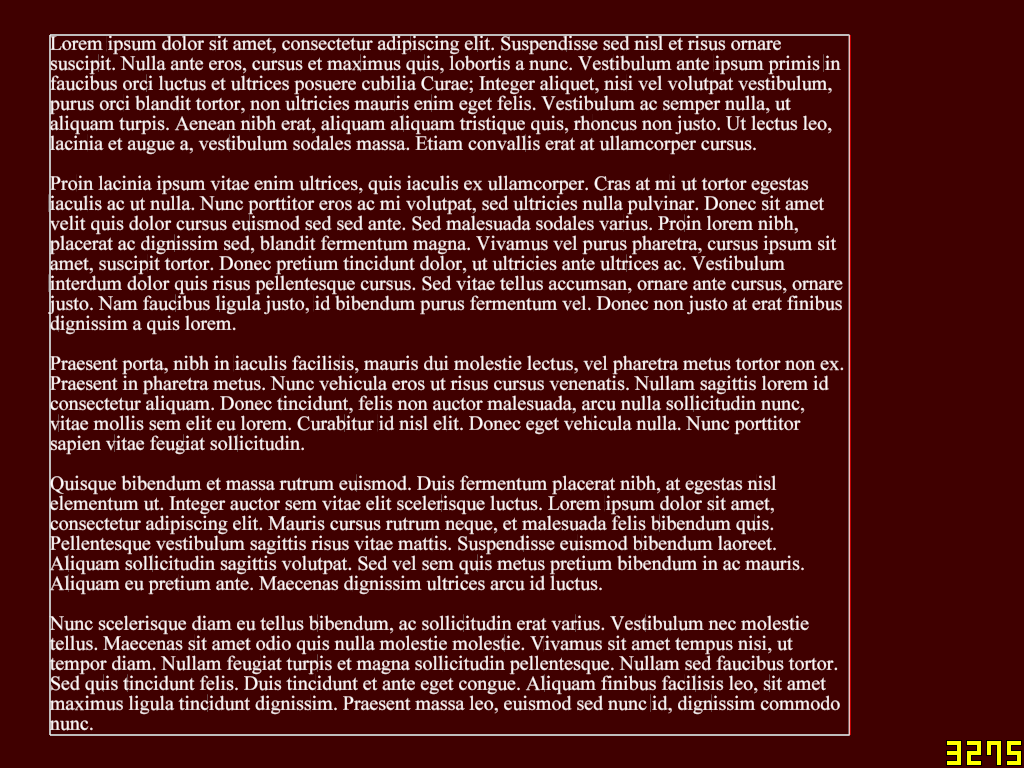remove : function(i) {
internalArray = internalArray.splice(i, 1);
},
Riven had it right the first time. Array.splice modifies the content of the array being called returning the deleted elements.
Not to be confused with Array.slice which doesn’t modify the original array.


 , so translated to C:
, so translated to C: 
